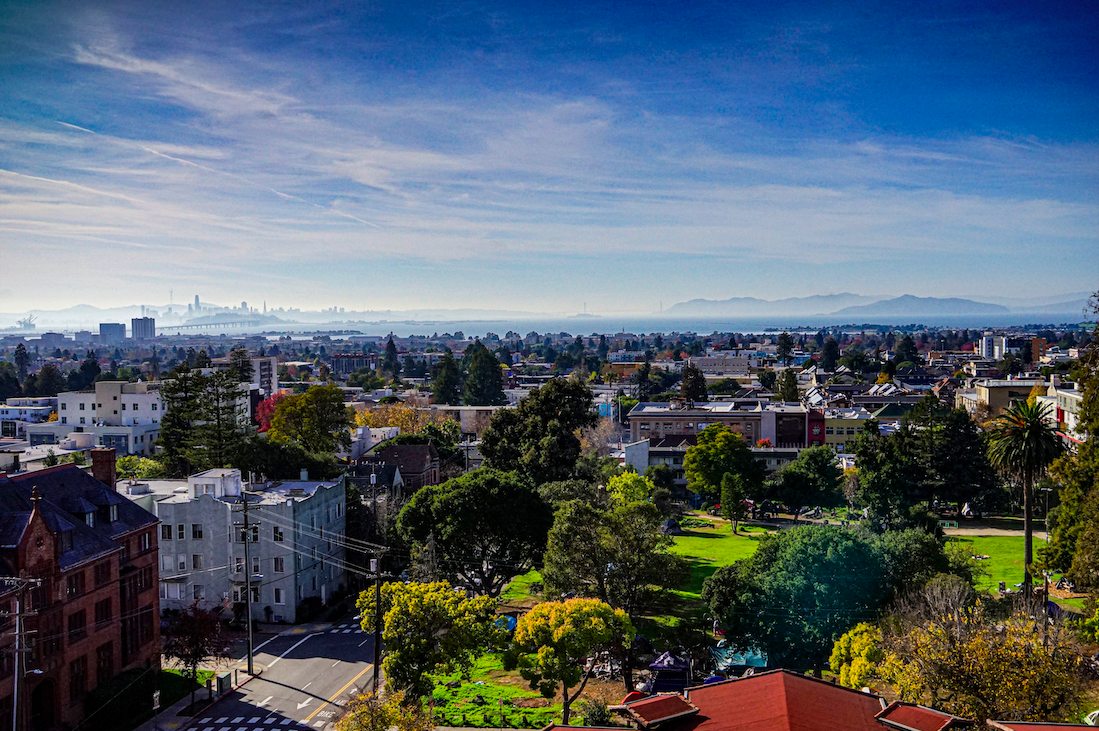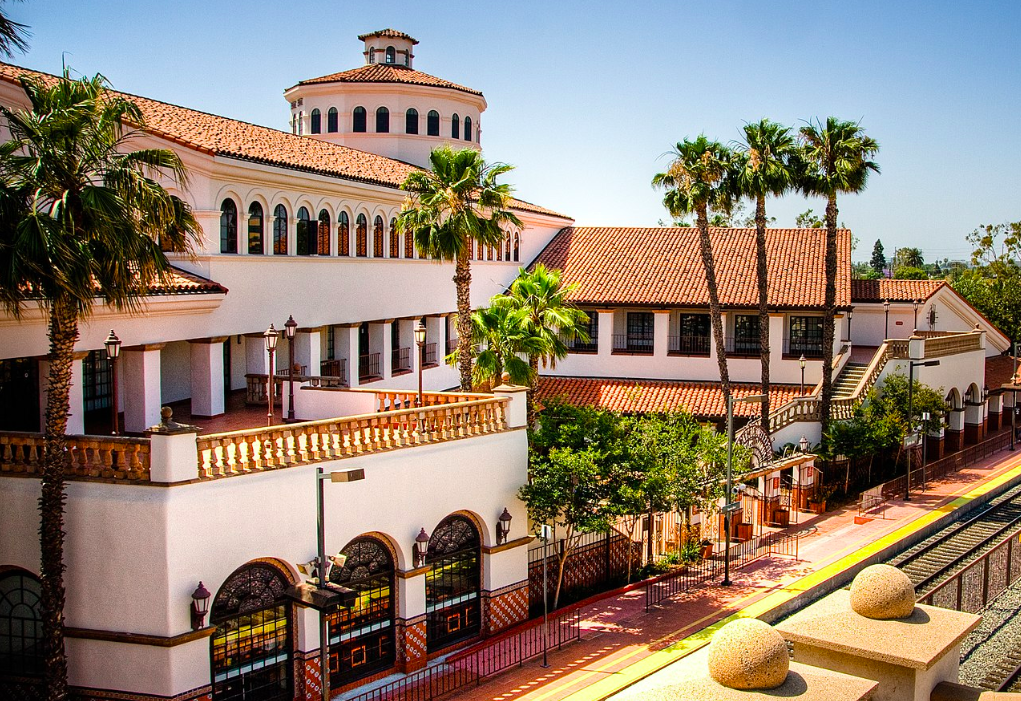Five of the most outrageous attempts to evade SB 9 (besides mountain lions).
Certain cities have received a lot of press—and even warnings from the state Attorney General—regarding their “creative” restrictions on Senate Bill 9. Woodside infamously made headlines by declaring the entire town a mountain lion habitat (they’ve since reversed the decision). Pasadena and Palo Alto have since tried exploiting the “historic” loophole by making “landmark districts” ineligible for SB 9 development and rushing to add more than 150 properties to their historic registry.
While these municipalities have been getting media attention for their SB 9 evasion attempts, they are not the only ones coming up with novel ways to skirt the new law. In fact, they’re not even the worst offenders! Read on to see if your city made it on our list of under-the-radar SB 9 evaders.
5. Laguna Beach

Main Offense: Unachievable Lot Split Requirements
This Orange County surf town is trying to avoid urban lot splits altogether by making impossible demands on lot configuration. The state law says new lots must have access to the public right-of-way, either through direct frontage, a flag lot, or an easement. Other lot shapes are allowed so that each lot has at least 40% of the original lot size.
In Laguna Beach, however, all lots must be rectangular; no irregular or flag lots are allowed. Each lot must also have at least 30 feet of frontage on a public street. But since most lots in the suburb are only 50 feet wide to begin with, it’s virtually impossible to achieve a 40-50% lot split that meets these requirements.
Due to the size and shape of most city parcels, flag lots are often the only way to subdivide a lot without demolishing the existing house. Here are a few examples from feasibility studies we’ve performed for prospective clients:

In the first two examples, it would not be possible to achieve 30 feet of frontage for each lot. It’s just barely possible in the third example, but the house would have to be torn down.
If you want to split your lot and keep your house in Laguna Beach, you're out of luck.
4. Los Altos Hills

Main Offense: Death by a Thousand Cuts
The residents and town council of Los Altos Hills have been emphatically outspoken against SB 9 from the very beginning, so it’s unsurprising that their “emergency” ordinance is as extensive as it is restrictive. In fact, Los Altos Hills received a D in our SB 9 City Guides. Here are some of the many regulations that apply to SB 9 developments in the wealthy little town:
- Lot configuration requirements (including that parcels can only be split “approximately perpendicular to the longest contiguous property line”)
- 40 foot minimum setback, which is nearly double the standard front setback length most cities are imposing (and some cities aren’t imposing them at all)
- 800 square maximum size, the smallest maximum allowed by state law
- 16 foot maximum height
- Nitpicky parking requirements
- Excessive fire safety requirements that go above and beyond the standards for other home developments in the zoning code
- A privacy hedge (min. 15-gallon evergreen shrubs at 5' intervals) must be planted along the parcel line
- Utilities must be separately metered and fully underground - an added and unnecessary expense
- Extensive design guidelines dictating everything from the light reflectivity values of exterior paint and roofing materials to number and placement of lighting fixtures
- Impact and development fees
- Owner occupancy for all SB 9 projects. The state law only requires it for projects that involve a lot split.
- 100% of non owner-occupied units must be deed-restricted affordable for low- and very low-income tenants
This last one is the kicker. Due to all of the restrictions, requirements, and fees that Los Altos Hills is requiring for SB 9 projects, the developments will be very expensive to build. And on top of that, the units aren’t allowed to be rented or sold at market rate. This is by design so that no one will decide to build, knowing they won’t be able to recoup their construction costs.
Unsubsidized affordability requirements like these don’t work on such a small scale. For more information on why SB 9 affordability requirements hurt more than they help, read this blog post.
3. Sunnyvale

Main Offense: Outrageous Fees
Senate Bill 9 doesn’t prevent cities from charging impact fees, and Sunnyvale took that as permission to demand exorbitant penalties from lot split applicants. This Silicon Valley city requires a park fee of over $95,000 for each and every lot split! It’s a fee that normally applies to large multifamily developments, but the local government has decided to extend it to SB 9 projects as well. With prices this high, it’s unlikely that anyone will try to pursue a lot split in Sunnyvale.
Read our full breakdown of all the extensive restrictions in our SB 9 City Guide for Sunnyvale.
2. Camarillo

Main Offense: Indefinitely Resetting Covenant
The Ventura County town of Camarillo has a very restrictive SB 9 ordinance. There isn’t much wiggle room for unit size, as the ordinance dictates a 700 square foot minimum and 800 square foot maximum, as well as a 16 foot height limit. The only allowable architectural styles are Spanish, Monterey, and Craftsman. Mandatory porches, with minimum dimensions of 4 feet by 8 feet, are also required for all units. Despite these expensive building requirements, 100% of units must be affordable for low-income renters. And in Camarillo, this rule is enforced with a 55-year covenant that restarts every time the property is transferred.
Like the other cities on this list, Camarillo received a D grade in its SB 9 City Guide.
1. Temple City

Main Offense: Parking Paradox
This affluent Los Angeles suburb hasn’t made things easy for local SB 9 applicants. While some local ordinances include demanding parking requirements, Temple City doesn’t allow any off-street parking for SB 9 developments. And it’s not just limited to new parking—the ordinance dictates that all applicants must remove their existing driveway and repair the curb. Parking on the street isn’t an option either, because the city won’t issue overnight parking permits for SB 9 units.
As you may have guessed, the restrictions don’t stop there. All new units must be between 500 and 800 square feet and must be LEED Platinum (a voluntary certification process usually reserved for major developments like stadiums and university buildings). Like Camarillo, the architectural styles are limited. In this case, only Spanish Colonial Revival and Craftsman are allowed, each with an unbelievably extensive list of design requirements. And every one of these inevitably costly units must be deed-restricted affordable for 30 years. It’s almost as if Temple City doesn’t want any SB 9 projects at all!
Learn more about the new regulations in Homestead's SB 9 City Guide for Temple City.
Conclusion
It’s truly a shame that so many cities are trying to prevent SB 9, as the new law has the potential to create naturally affordable homes that will help relieve California’s housing crisis. Senate Bill 9 was written with allowances for local control, but some cities are trying to find ways to make SB 9 development as complicated and financially infeasible as possible.
If bad actors continue to adopt excessively restrictive ordinances, the state will have to take more control to ensure that the law isn’t violated. A similar pattern played out with ADUs: after the state passed legislation to make ADUs legal throughout California, many cities adopted restrictive ordinances governing ADU construction. The state eventually had to pass further legislation to clarify the rules and standardize development.
Thankfully, some cities are implementing local guidelines that expand upon the state law. Next week we’ll return with a blog post highlighting the best cities for SB 9 development so far. Hopefully these districts will provide inspiration for cities looking to implement SB 9 in a constructive way.
To learn about development regulations your city, check out our SB 9 City Guides directory. We are adding more cities all the time, so if yours hasn’t received their grade yet, check back soon.
.svg)




